At Alpha Reproduction, we believe that some artistic revolutions do more than just extend a momentum: they transform it, deepen it, give it a new soul.
Such is the case with post-impressionism, this pictorial movement that appeared in the 1880s, at the crossroads of impressionist light and the inner turmoil of the modern artist.
Born as a direct reaction to Impressionism, the Post-Impressionist movement retains the love of bright colors and natural light, but surpasses them with an unprecedented ambition: to explore the invisible, express inner emotion, and structure the canvas to reveal a more intimate vision of the world.
Painting is no longer just a look at reality: it becomes a personal language, symbolic structure, and spiritual truth.
🎨 Through this article, we invite you on a journey to the heart of this major chapter in the history of modern art, in the company of visionary figures such as Vincent van Gogh, Paul Cézanne, Paul Gauguin and also Henri de Toulouse-Lautrec.
You will discover how the post-impressionist style disrupted the rules of painting, paved the way for fauvism, cubism and expressionism, and laid the foundations of 20th century art.
🎨 What is Post-Impressionism?
Clear and accessible definition of a pivotal movement
Le post-impressionnisme désigne un courant artistique né en France à la fin des années 1880, en réaction à l’impressionnisme, dont il hérite les recherches sur la lumière et la couleur, tout en s’en détachant résolument.
Far from merely wanting to represent the visible world, the post-impressionist artists seek to express inner emotion, to structure the canvas according to a personal vision of reality.
The touch becomes freer, the composition more structured, and the colors are chosen not for their realism, but for their expressive power.
Contrairement aux impressionnistes, qui capturaient l’instant fugace, les peintres post-impressionnistes souhaitent transcender l’apparence. Ils développent un langage pictural symbolique, porteur de sens, d’intensité et de spiritualité.
The major innovations of Post-Impressionism:
-
🎨 Unrealistic colors but full of emotion
-
🎨 Simplified or distorted shapes
-
🎨 Bold and subjective compositions
-
🎨 Search for a distinctive personal style
Ce style post-impressionniste marque un tournant fondamental dans l’histoire de la peinture moderne : il prépare la naissance des grands courants du XXᵉ siècle comme le fauvisme, le cubisme, l’expressionnisme et le symbolisme en peinture.
🔄 A Major Artistic Transition
Between Impressionist heritage and pictorial revolution
Post-impressionism is at the crossroads of two worlds: it extends certain achievements of impressionism, while announcing the major artistic ruptures of the 20th century.
It is a hybrid movement, both a continuator and a revolutionary, where we witness a shift from visual representation to personal expression.
🟡 Legacy of Impressionism: light and freedom
The post-impressionist painters retain:
-
The use of pure color, applied in free strokes.
-
The interest in natural light and everyday subjects.
-
The desire to break free from traditional academicism.
But their goal is no longer just to capture the snapshot: they want to go beyond appearance, and give an inner meaning to the work.
🔴 A radical break: structure, emotion, subjectivity
What deeply distinguishes post-impressionism :
-
The search for solid structures (Cézanne).
-
The expression of inner emotion (Van Gogh).
-
The use of symbolic color (Gauguin).
-
The abandonment of realism in favor of stylized forms or dreamlike.
Post-Impressionist artists no longer just observe the world:
they recreate it from their intimate vision, paving the way for subjective art and modern.
👨🎨 The Great Artists of Post-Impressionism
Visionary painters at the origin of modern art
Post-Impressionism is not a group united by a manifesto, but a constellation of artists sharing the same will: to transcend reality to express an inner, emotional, and spiritual truth.
These famous post-impressionist painters each invented a unique style, which paved the way for movements as diverse as cubism, symbolism, primitivism, and modern expressionism.
🎨 Vincent van Gogh (1853–1890)
The genius of pure emotion
Iconic figure of post-impressionism, Van Gogh makes painting a cry of the soul.
His works convey the inner tension, the transcended light, and the emotional expression through vivid colors and swirling brushstrokes.
Iconic works:
🎨 Paul Cézanne (1839–1906)
The builder of form
Cézanne seeks to give a lasting structure to the impression.
Through his geometric still lifes and his constructed landscapes, he is considered the father of modern art, foreshadowing cubism.
Major works:
🎨 Paul Gauguin (1848–1903)
The painter of dream and myth
Gauguin abandons realistic observation in favor of a symbolic and spiritual vision.
His colorful style, influenced by japonisme and distant cultures, marks the birth of pictorial symbolism.
Iconic works:
🎨 Henri de Toulouse-Lautrec (1864–1901)
The chronicler of modern life
Toulouse-Lautrec paints with strength and irony the Parisian nightlife, the cabarets and the artists of Montmartre.
His graphic style heralds Art Nouveau and draws from Japanese prints.
Famous works:
-
Moulin Rouge: La Goulue (1891)

🎨 Émile Bernard (1868–1941)
The forgotten theorist of post-impressionism
Close to Van Gogh and Gauguin, Émile Bernard developed cloisonnism, a technique based on outlined shapes and flat colors.
He thus lays the foundations of a more synthetic and symbolic art.
Major works:
-
Breton women for forgiveness (1888)
-
Breton women by the seaside (1887)
🎨 Each post-impressionist artist thus contributed to reinventing the pictorial language, offering painting a new depth, between intimate emotion and modern structure.
🧩 The Main Features of Post-Impressionism
An expressive, structured, and visionary painting
The post-impressionism marks a decisive break in the evolution of modern painting.
While inheriting the use of light and bright color typical of Impressionism, this movement is distinguished by a strong desire for personal expression, thoughtful structure, and symbolic language.
Here are the main characteristics that define the post-impressionist style :
🎨 1. Color as an emotional language
The post-impressionists no longer use color to imitate reality, but to convey an emotion or an inner idea.
-
Van Gogh paints an electric blue sky to convey infinity.
-
Gauguin uses vibrant reds and unreal greens to evoke dream, elsewhere, spirituality.
La couleur devient subjective, symbolique, indépendante de la nature.
💭 2. The expression of inner life
Far from capturing the simple visible moment, artists seek to express:
-
An inner feeling
-
A mental vision
-
A spiritual or emotional dimension
Van Gogh's Starry Night does not depict the sky, it reveals an inner turmoil.
Each painting becomes a mirror of the soul, a unique emotional language.
🧱 3. A thoughtful construction of space
Far from fleeting impression, post-impressionism introduces a formal research :
-
Cézanne reconstructs landscapes with solid volumes.
-
Gauguin simplifies the forms into outlined colored masses.
The compositions are thoughtful, balanced, heralding cubism and abstraction.
🌍 4. The influence of non-Western arts
Japonisme and the art of ancient cultures (such as primitive or medieval art) inspire a new approach:
-
Flat colors
-
Shadow removal
-
Sharp and stylized contours
Van Gogh, Gauguin, Bernard or Lautrec draw inspiration from Japanese prints to reinvent perspective and visual storytelling.
🎯 Quick summary:
➔ Post-Impressionism is freeing color, expressing emotion, structuring the canvas, and opening painting to world cultures.
He transforms art into a personal language, emotional, and decidedly modern.
🧭 Why Post-Impressionism Changed the History of Art
A discreet but decisive revolution
The post-impressionism did not just extend the impressionist adventure:
he radically transformed the function of painting and the role of the artist.
By placing inner emotion and subjectivity at the center of creation, he paved the way for the major movements of modern art, from Fauvism to Surrealism, including Cubism and Expressionism.
🎨 1. Color becomes an autonomous language
Before, color was used to faithfully represent reality.
With Van Gogh, Gauguin, and Bernard, it becomes expressive, symbolic, emotional.
-
Van Gogh paints the sky in bright blue, the fields in blazing yellow.
-
Gauguin combines red, orange, and green to convey inner worlds.
💬 2. Inner emotion takes precedence over external reality
Post-Impressionism introduces a new perspective :
the artist no longer paints what he sees, but what he feels.
-
Van Gogh conveys anxiety, solitude, or wonder.
-
Cézanne evokes stability or tension within the composition itself.
Art becomes psychological, intimate, existential.
🧱 3. The return to structure announces modern art
Cézanne states: "I want to make Impressionism something solid and lasting."
He analyzes shapes, simplifies volumes, overlays planes:
The world becomes pictorial architecture, heralding the cubism of Picasso and Braque.
🌐 4. Art opens up to new cultures and influences
The attraction to japonisme, primitive art, symbolic motifs marks an unprecedented opening in the history of European art.
-
Influence of Japanese prints (Van Gogh, Lautrec)
-
Tahitian or medieval inspirations (Gauguin, Bernard)
Art becomes universal, synthetic, cosmopolitan.
🎯 Quick summary:
➔ Post-Impressionism changed the history of art by:
-
💡 Releasing the color of reality
-
💡 Putting emotion at the heart of creation
-
💡 Reconstructing the pictorial space
-
💡 Opening art to other cultures and forms of expression
This is the birth certificate of modern painting.
🖼️ Where to Admire the Masterpieces of Post-Impressionism?
Museums and exhibitions not to be missed
Post-Impressionism has left a profound mark on the history of art, and its masterpieces are now exhibited in the world's greatest museums.
From the vibrant canvases of Van Gogh to the thoughtful compositions of Cézanne, through the colorful visions of Gauguin, each place offers a unique immersion into this period of artistic transition.
🏛️ Musée d'Orsay – Paris
World reference for 19th-century art, the Musée d'Orsay houses an exceptional post-impressionist collection.
Major works to see:
-
Starry Night Over the Rhône – Van Gogh
-
Arearea – Gauguin
-
The Card Players – Cézanne
🖌️ Van Gogh Museum – Amsterdam
Entirely dedicated to the work of Vincent van Gogh, this museum is a must-visit place to immerse yourself in the universe of the most expressive painter of the movement.
Iconic exhibited works:
🇬🇧 National Gallery – London
This museum preserves several post-Impressionist masterpieces, notably those of Van Gogh and Seurat, a pioneer of Neo-Impressionism.
Works to discover:
-
A Sunday Afternoon on the Island of La Grande Jatte (sketches) – Seurat
🇺🇸 Art Institute of Chicago
This American museum offers an impressive collection of late 19th-century works, in a modern museum setting.
Key works:
-
Self-portrait – Van Gogh
-
Landscape at Auvers – Cézanne
-
Woman of Tahiti – Gauguin
🔍 Private collections & temporary exhibitions
Many post-impressionist paintings are found in prestigious private collections and are regularly exhibited worldwide on the occasion of:
-
From Van Gogh or Gauguin exhibitions
-
From Cézanne retrospectives
-
Or events dedicated to symbolist art and to the birth of modernity
🎨 At Alpha Reproduction, we bring these masterpieces back to life through hand-painted reproductions, faithful to the original and accessible for your interior.
Dive into this vibrant universe without leaving your home!
🏠 Why Integrate a Post-Impressionist Reproduction into Your Decoration?
A vibrant artwork to enhance your living space
Installing a hand-painted reproduction of a post-impressionist painting is much more than just adding an artistic touch to your decor:
it is to invite into your home a living emotion, a pictorial vibration born from the hand of the greatest masters.
The post-impressionist style, with its expressive colors, its bold forms and its deep emotional intensity, fits perfectly into contemporary spaces as well as classic interiors.
🎨 An unmatched chromatic energy
Post-Impressionist works exude a unique visual strength :
-
Powerful colorful palettes that warm the walls
-
Dynamic compositions that capture the eye
-
An emotional intensity that creates a sensitive atmosphere
💬 An immediate emotion, a story to tell
Each painting tells an inner vision, a human feeling, a visual poetry.
Whether it's a tormented wheat field, a woman from Tahiti, or a structured still life, each reproduction becomes a true conversation piece.
🛋️ A timeless decorative style
Post-Impressionism goes perfectly with:
-
Modern living rooms (thanks to its vibrant modernity)
-
Libraries, galleries, halls (for their cultural dimension)
-
Desks or reading corners (through their introspective power)
🖌️ The Alpha Reproduction quality
At Alpha Reproduction, each artwork is:
-
Hand painted in oil, on canvas
-
Faithful to the colors, texture, and original style
-
Delivered with a certificate of authenticity
-
Offered in standard or custom size
-
Framed according to your wishes (classic frame, American box frame, gilded frame…)

🎁 Treat yourself — or give to an art enthusiast — a living fragment of the history of modern painting.
A post-impressionist painting is more than just a decoration:
it is an artistic presence, a human breath, a source of daily inspiration.
🖋️ Conclusion: Post-Impressionism, Beating Heart of Modern Art
A pictorial revolution to experience at home
Post-Impressionism did not just add a page to the history of art.
He changed the painter's perspective, gave a voice to emotion, and allowed color to become a language of the soul.
From the tormented strength of Van Gogh to the meditative structure of Cézanne,
from Gauguin's mystical visions to Lautrec's captured moments,
each post-impressionist painting is a silent confession,
a pure human gesture, captured for eternity.
At Alpha Reproduction, we believe that these masterpieces should not remain locked away in museums.
We offer them a new life, within your walls, in full respect of their spirit and power.
🎨 Treat yourself to a fragment of this great artistic revolution,
and let this vibrant light, this visual boldness, this emotional authenticity enter your home.
→ Explore now our exclusive collection of post-impressionist reproductions
and make your daily life resonate in unison with the greatest paintings of the 19th century.
📚 FAQ – All About Post-Impressionism
🟨 What is post-impressionism?
Post-Impressionism refers to an artistic movement that appeared in the 1880s, as a reaction to Impressionism.
He retains the use of bright color and natural light, but introduces a more personal and symbolic approach, focused on emotional expression, structure, and the subjectivity of the painter.
🟨 What is the difference between Impressionism and Post-Impressionism?
Impressionism seeks to capture the snapshot, to paint the fleeting effects of light on nature.
Post-Impressionism, on the other hand, interprets reality through an inner vision, a structured reconstruction, and a freer emotional palette.
🟨 Who are the most famous post-impressionist artists?
Among the great Post-Impressionist masters, we find:
-
Vincent van Gogh
-
Paul Cézanne
-
Paul Gauguin
-
Henri de Toulouse-Lautrec
-
Emile Bernard
-
Georges Seurat (neo-impressionism)
🟨 Where can post-impressionist paintings be seen today?
The post-impressionist masterpieces are visible in:
-
The Musée d’Orsay in Paris
-
The Van Gogh Museum in Amsterdam
-
The National Gallery in London
-
The Art Institute of Chicago
-
The Metropolitan Museum of Art in New York
🟨 Can we buy a reproduction of a post-impressionist painting?
Yes, at Alpha Reproduction, you can order a hand-painted reproduction in oil on canvas of the greatest post-impressionist paintings.
Each artwork is carefully made, respecting the original, and delivered with a certificate of authenticity.












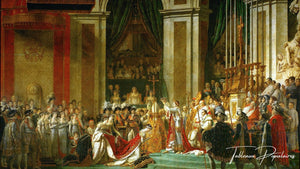
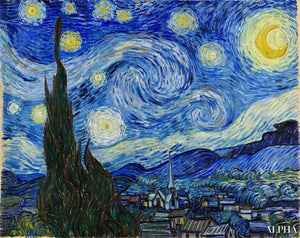
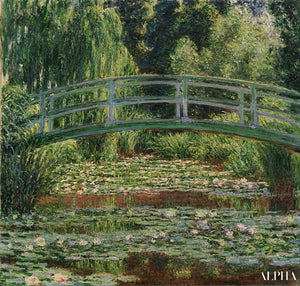
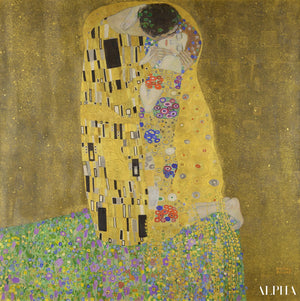
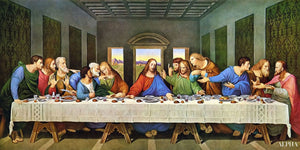
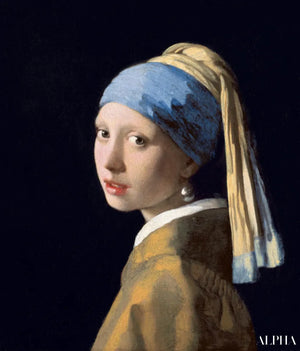
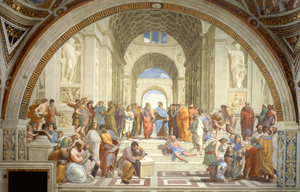
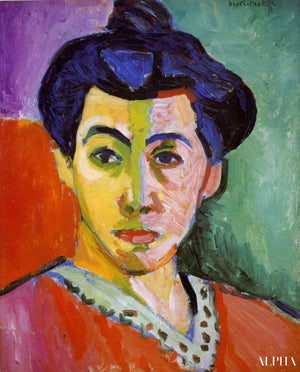
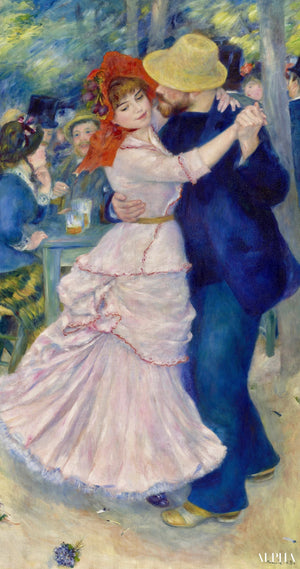
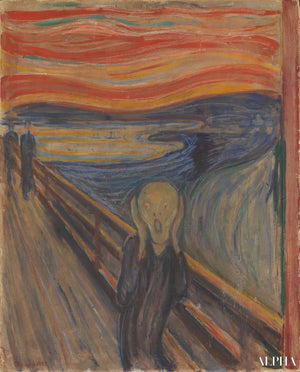
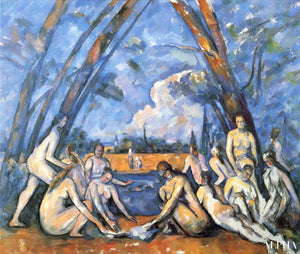
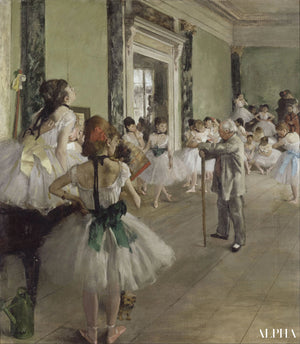
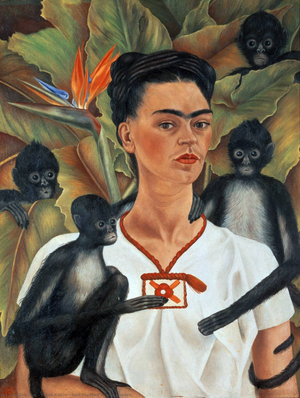
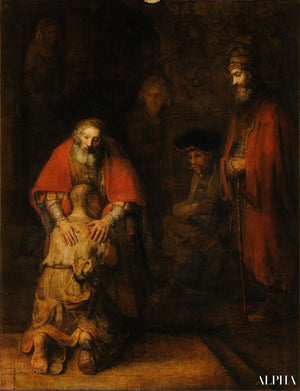
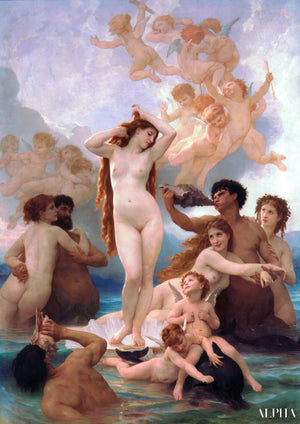
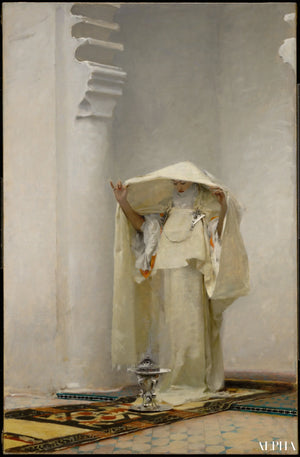

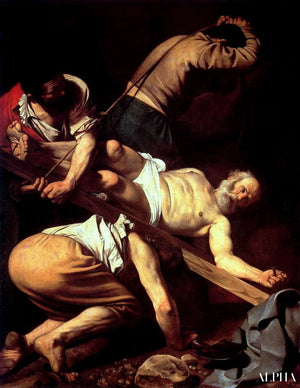
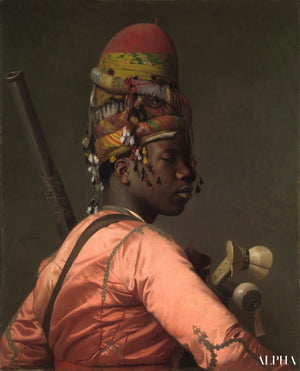
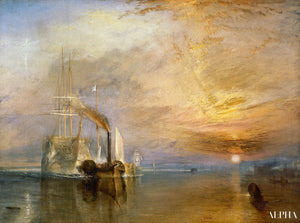












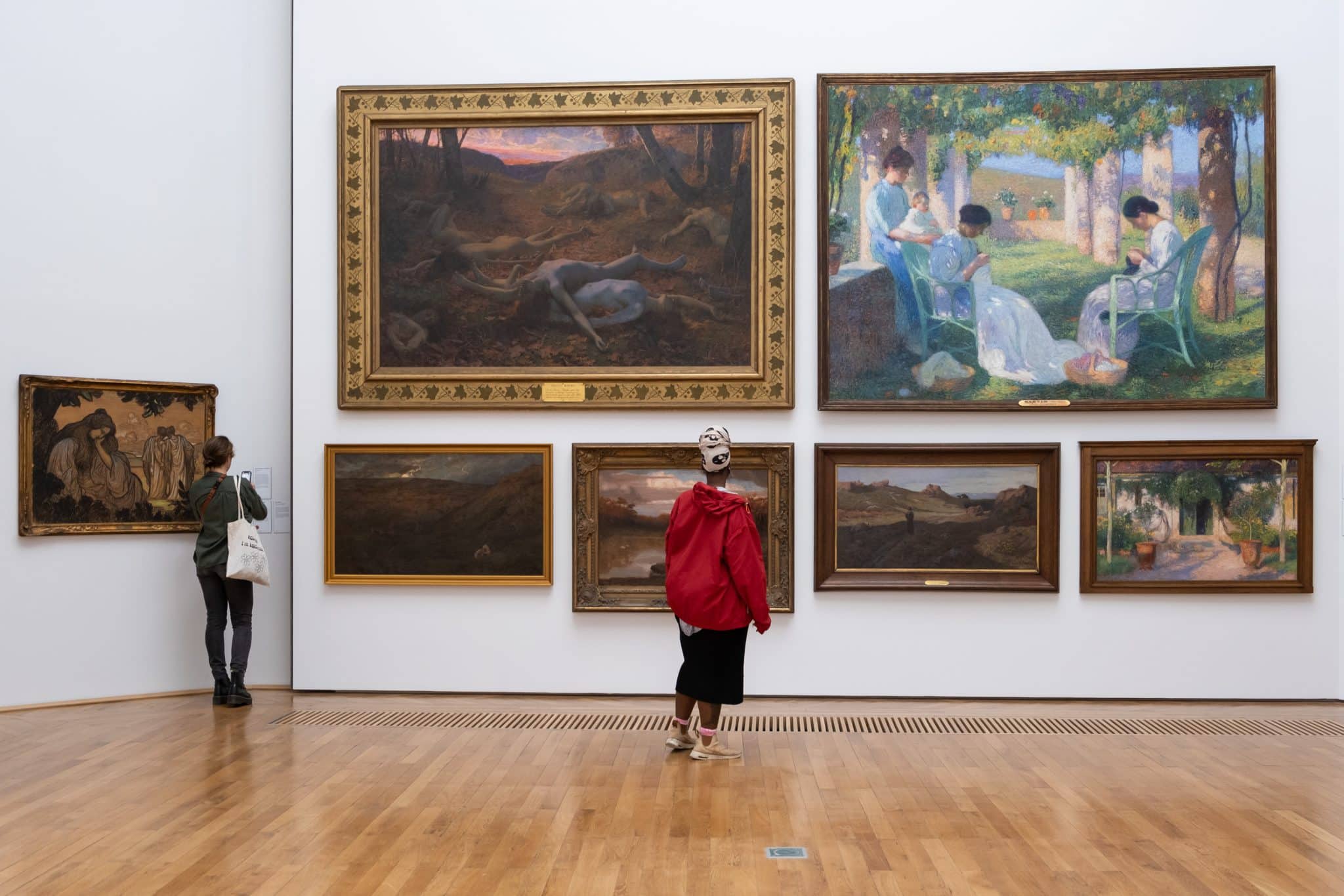
0 comments